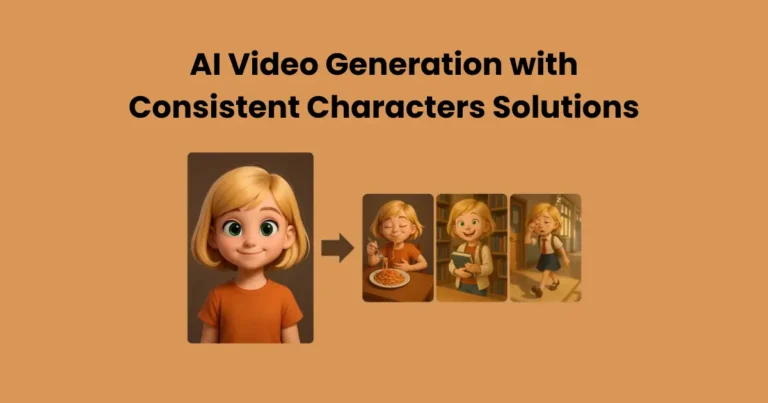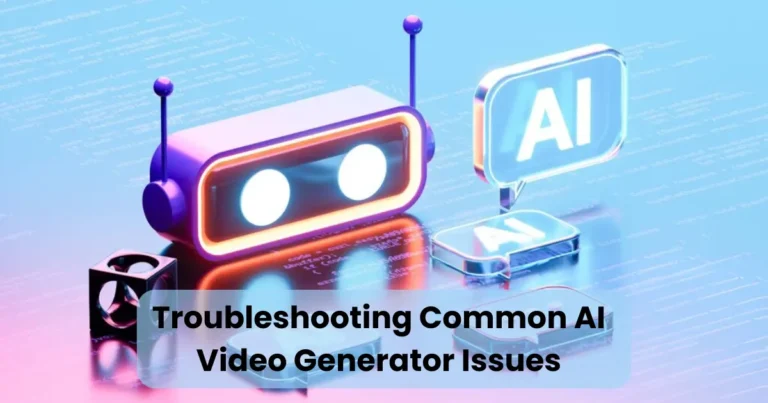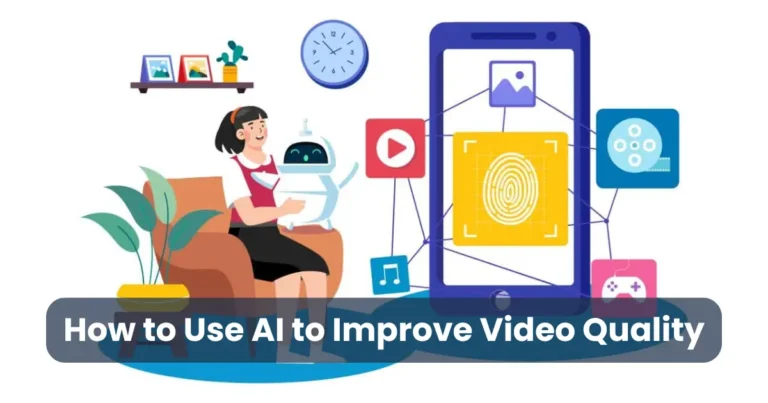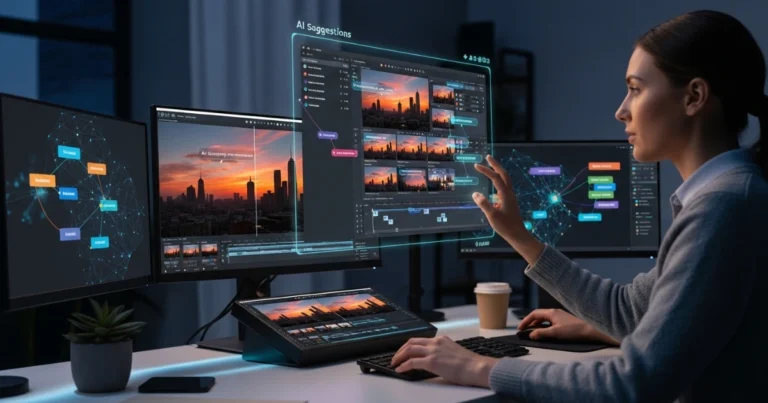Understanding Different AI Video Models
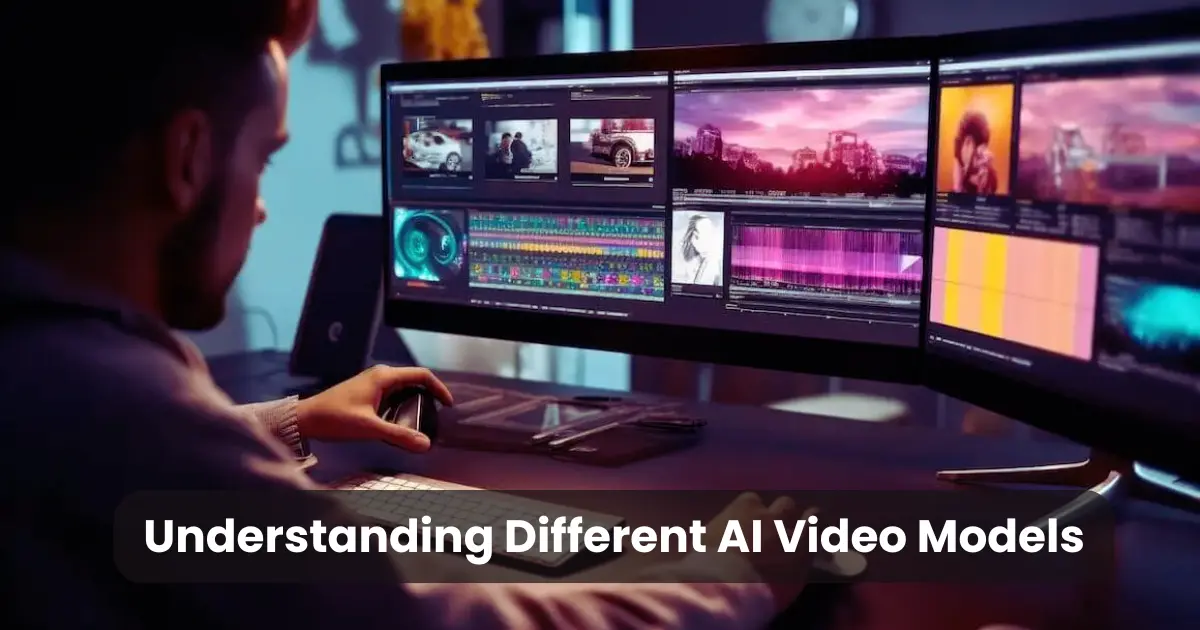
Contents
In recent years, understanding different AI video models has become increasingly important for professionals across multiple sectors. These models, driven by cutting-edge machine learning techniques, are transforming how video content is created, processed, and analyzed. From generating realistic visual effects to automating video editing workflows, the capabilities of AI video tools are expanding rapidly.
This technological evolution is not only enhancing the creative industries but is also influencing fields like education, healthcare, marketing, and surveillance. As a result, staying informed about the various types and functionalities of AI video models is essential for leveraging their full potential and staying ahead in a competitive digital landscape.
What Are AI Video Models?
AI video models use artificial intelligence and deep learning algorithms to interpret, generate, and enhance video content. Developers train these models on massive amounts of video data, enabling them to recognize patterns, detect objects, predict motion, and even create entirely new visual sequences.
At their core, these models operate by simulating how humans perceive and process moving visuals. However, unlike manual video editing or human analysis, AI models perform these tasks faster, with higher consistency, and often at a fraction of the cost. Companies have implemented AI video models in real-world applications such as automatic video summarization, real-time content moderation, and intelligent video search engines.
Through continuous learning and exposure to diverse datasets, AI video models are becoming more accurate and context-aware. Consequently, they are playing a critical role in reshaping how video content is produced, consumed, and monetized.
Types of AI Video Models
Developers have created a variety of AI video models to perform specific tasks, each relying on unique architectures and training approaches. They generally categorize these models based on the type of output they produce or the function they serve. Below are the four most common types used today:

1. Generative Models
Generative models create new video content from scratch or based on existing inputs. Technologies like Generative Adversarial Networks (GANs) are widely used in this category. Developers have applied these models in areas such as synthetic human avatars, face-swapping (deepfakes), and AI-generated animations. By learning from extensive datasets, these models can automatically synthesize realistic outputs, often indistinguishable from real footage.
2. Predictive Models
Predictive models focus on anticipating future video frames or actions. In many cases, developers use these models in self-driving vehicles to foresee potential obstacles or in sports analytics to predict player movements. They process video data sequentially and learn patterns over time to make accurate forecasts. As a result, these models enable quick decision-making in real time.
3. Video Enhancement Models
This type of AI model is used to improve the quality of video footage. Common tasks include resolution upscaling, frame interpolation, deblurring, and color correction. These models have been trained on low- and high-quality video pairs, enabling degraded footage to be restored or modernized. Consequently, old or damaged videos can be revitalized for modern platforms.
4. Video Classification Models
Developers apply video classification models to identify and label content within video streams. Using techniques like object detection, activity recognition, and scene segmentation, they can sort or filter content efficiently. These models are especially useful in content moderation, recommendation systems, and video indexing for search engines. As the models are exposed to more examples, their classification accuracy continues to improve.
By understanding different AI video models, one can better appreciate how developers tailor these tools for various video-related tasks. Their versatility continues to grow as they explore new training methods and architectures.
Applications of AI Video Models
The practical uses of AI video models have expanded rapidly, making them valuable across a wide range of industries. As their accuracy and efficiency continue to improve, these models are being embedded into tools and platforms that millions rely on daily.

Media and Entertainment
In film production and content creation, creators use generative AI video models to produce visual effects, generate realistic avatars, and even create entire animated scenes. They can minimize manual editing tasks and deliver personalized content at scale, helping them save time while maintaining quality.
Surveillance and Security
Public safety and security systems widely apply predictive and classification models. They automate facial recognition, behavior detection, and anomaly tracking to monitor crowds, identify threats, and provide real-time alerts. These capabilities complement or even replace human oversight in many scenarios.
Healthcare
AI video models are also contributing to healthcare. In surgery simulations, developers enhance training environments through realistic video renderings. They also analyze diagnostic video data, such as endoscopic footage, to detect patterns that may indicate disease earlier than human observation allows.
Marketing and E-commerce
AI-generated videos can tailor content for individual users based on their preferences and behaviors. For example, classification and enhancement models create personalized product demos, dynamic ads, and interactive video recommendations. This results in improved engagement and conversion rates.
Education and Training
Through enhanced visuals and real-time analytics, AI video models are transforming virtual learning. Simulations can visualize complex topics, and instructors can track and adapt learner engagement instantly. Moreover, AI-generated videos can quickly generate or translate training content.
As seen in these diverse sectors, understanding diferent AI video models reveals how integral they’ve become in shaping modern workflows and user experiences. Their adaptability continues to drive innovation at every level.
Advantages of Using AI Video Models
The adoption of AI video models has introduced a multitude of benefits across industries. As their use becomes more widespread, both businesses and creators are reaping the rewards of improved efficiency, reduced costs, and enhanced user experiences.

1. Speed and Automation
Manual video editing, frame labeling, and scene detection can be extremely time-consuming. AI video models automate these processes, saving hours or even days of manual labor. They can process large volumes of video in minimal time, which is especially valuable for platforms with high content turnover.
2. Cost Efficiency
AI tools complete many tasks without the need for human intervention, significantly reducing operational costs. They carry out video enhancement, content moderation, and even full video generation, requiring less maintenance and oversight over time.
3. Consistency and Accuracy
Errors commonly caused by fatigue or human bias can be avoided. AI video models apply standardized logic to every task, ensuring consistent outcomes in classification, editing, or prediction. As a result, high-quality outputs are maintained across projects and platforms.
4. Scalability
As content demand increases, scalability becomes critical. Developers can deploy AI models across multiple servers or integrate them into cloud systems to handle growing data loads. As a result, they can sustain enterprise-scale video processing without loss of performance.
5. Enhanced Creativity
Although AI may seem purely technical, it actually empowers creativity. By handling repetitive or technical tasks, creators can focus more on ideation and storytelling. Additionally, new forms of content like AI-generated visual effects can be explored, expanding creative possibilities.
Understanding different AI video models not only illuminates their structre and function but also highlights how these tools can drastically improve workflows and outcomes. Their advantages make them indispensable in modern digital environments.
Limitations and Ethical Considerations
While the benefits of AI video models are substantial, several limitations and ethical concerns must also be addressed. These factors are critical to responsible deployment and long-term trust in the technology.
1. Limitations in Data and Accuracy
Even the most advanced AI video models rely heavily on the quality and diversity of their training data. If developers use biased or incomplete datasets, the outputs can become inaccurate or discriminatory. Additionally, poor lighting, low resolution, or unexpected motion can challenge real-time video processing, leading to performance drops.
2. High Computational Demands
Many models require powerful GPUs and large-scale computational infrastructure for both training and inference. This can result in high energy consumption and increased operational costs, especially for smaller businesses or independent creators.
3. Ethical Risks of Deepfakes and Misinformation
One of the most widely discussed concerns involves the misuse of generative models to create deepfakes synthetic videos that can be nearly impossible to distinguish from real footage. These videos can be used for malicious purposes, including misinformation, identity theft, or reputational damage.
4. Privacy Concerns
As surveillance and recognition systems powered by AI video models become more widespread, privacy rights are often compromised. The collection and processing of visual data without explicit consent raise significant ethical and legal questions.
5. Accountability and Transparency
When decisions are made by AI such as content moderation or security alerts it can be difficult to trace the reasoning behind them. Without explainability, errors may go unchecked, and affected individuals may have no clear avenue for appeal or understanding.
Understanding different AI video models requires more than technicalknowledge it also demands awareness of their societal impact. As adoption continues to grow, developers must evolve ethical frameworks, regulatory policies, and transparency mechanisms in parallel to ensure that these technologies are used responsibly.
Future of AI in Video Technology
The evolution of AI in video technology is far from over. As machine learning and computational power continue to advance, developers expect even more sophisticated capabilities to emerge. These developments will redefine how creators produce, personalize, and experience video content.

1. Hyper-Personalized Content
Soon, AI video models will be able to generate personalized video content in real time—tailored to individual viewer preferences, demographics, or emotional responses. Streaming platforms and digital marketers will benefit immensely from this level of customization.
2. Real-Time Generative Video
Although current generative AI tools still require some latency, developers are training future models to produce or modify videos in real time. This capability will revolutionize live broadcasting, virtual events, and dynamic advertising.
3. Seamless Human-AI Collaboration
Video editors, animators, and content creators will increasingly rely on AI as a creative partner. Rather than replacing human work, AI video models will enhance it offering suggestions, automating repetitive tasks, and even co-creating scenes based on verbal or text prompts.
4. Smarter Surveillance and Urban Analytics
AI-powered video systems are projected to play a critical role in smart cities. From traffic management to public safety, real-time video analysis will help authorities make faster and more informed decisions, reducing response time and optimizing urban operations.
5. Regulation and Ethical Integration
As concerns about misinformation and surveillance grow, lawmakers will develop legal frameworks to govern the use of AI video models. They will likely enforce ethical guidelines and explainable AI standards to ensure that video technology is used transparently and responsibly.
Ultimately, understanding diffrent AI video models not only helps us grasp current capabilities but also prepares us for a future shaped by real-time video intelligence, ethical innovation, and human-AI synergy. As this field grows, staying informed will be essential for anyone working with video technologies.
Conclusion
In a world increasingly driven by visual content, understanding different AI video models has become essential. These technologies are not only transforming how videos are created and processed, but they are also reshaping entire industries from media to healthcare to security.
Although AI video models offer speed, accuracy, and scalability, they also come with limitations and ethical challenges that must be addressed. As innovation continues, their future will depend not only on technological breakthroughs but also on responsible deployment and transparent use. For creators, businesses, and developers, embracing this knowledge is no longer optional. It’s a necessity for navigating the fast-changing digital landscape. By understanding different AI video models today, you’re better equipped to harness their potential tomorrow.

